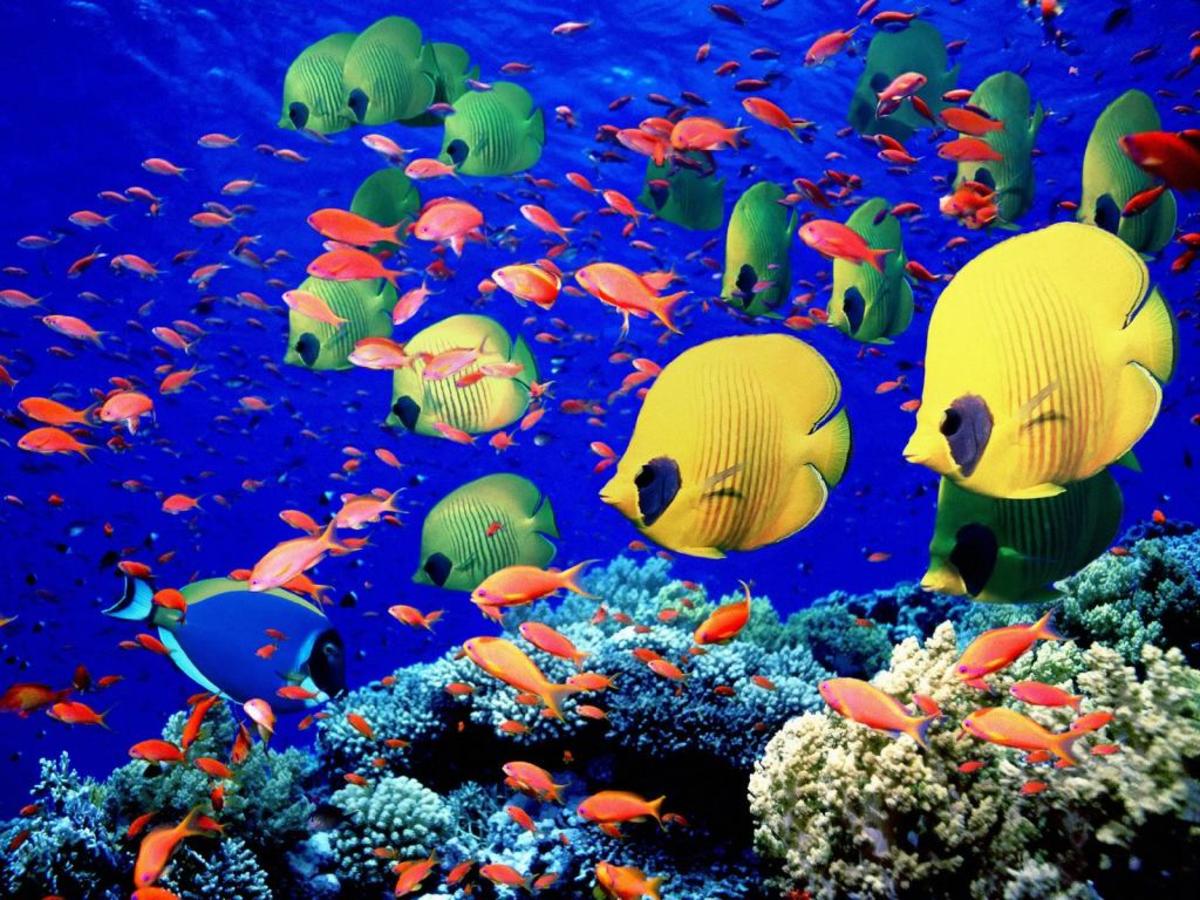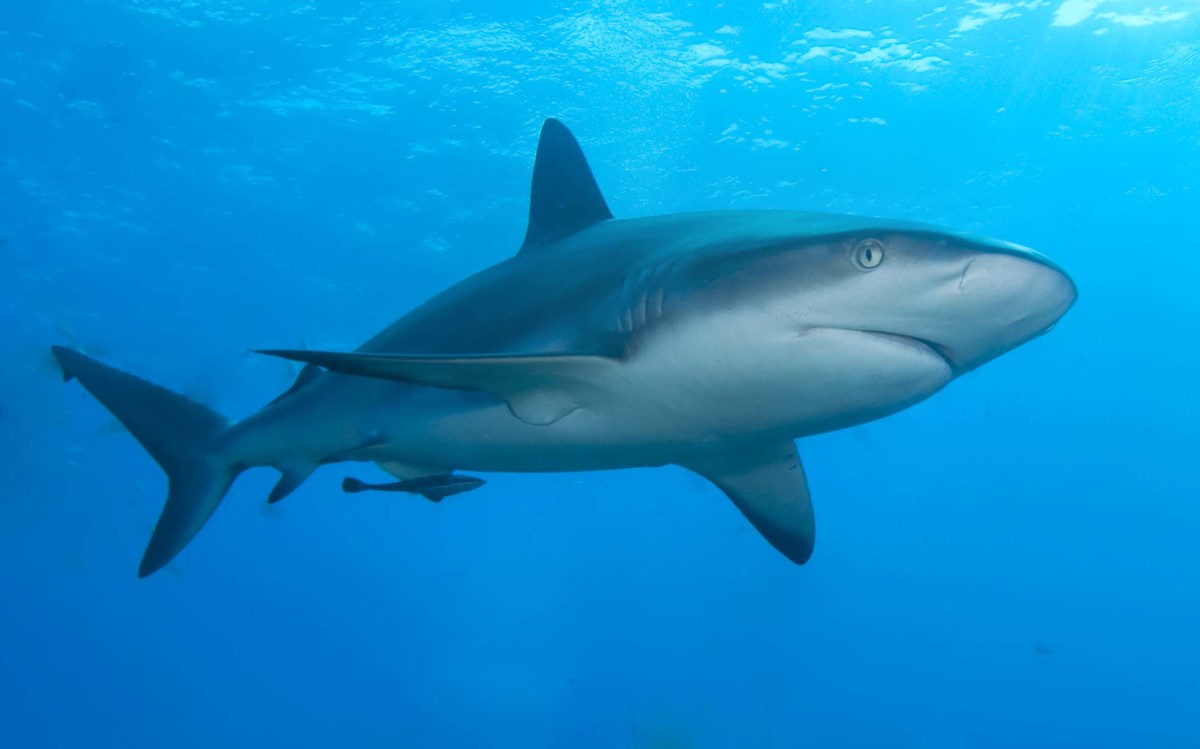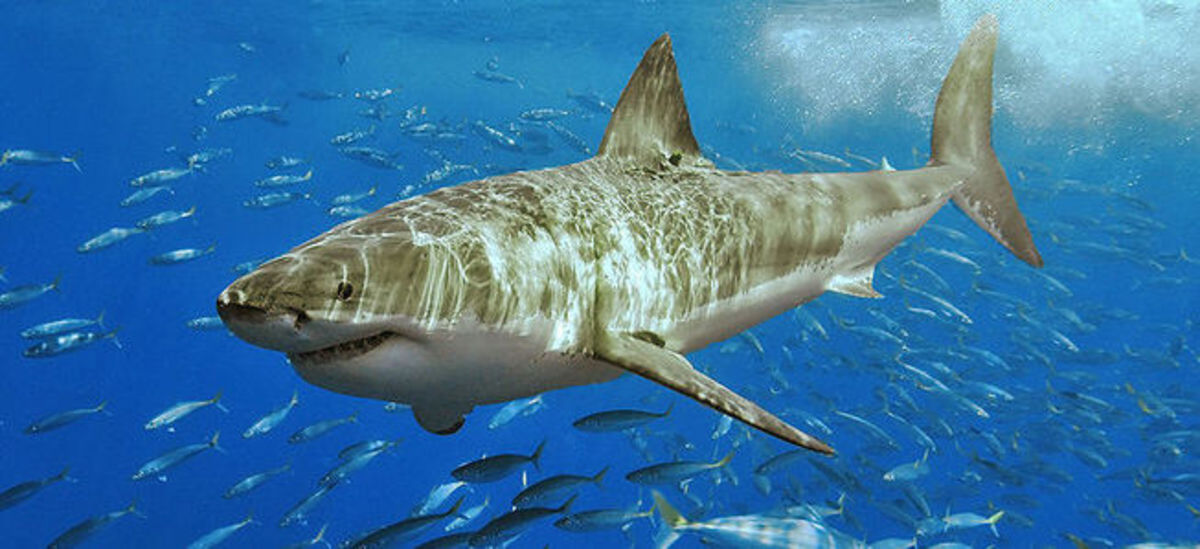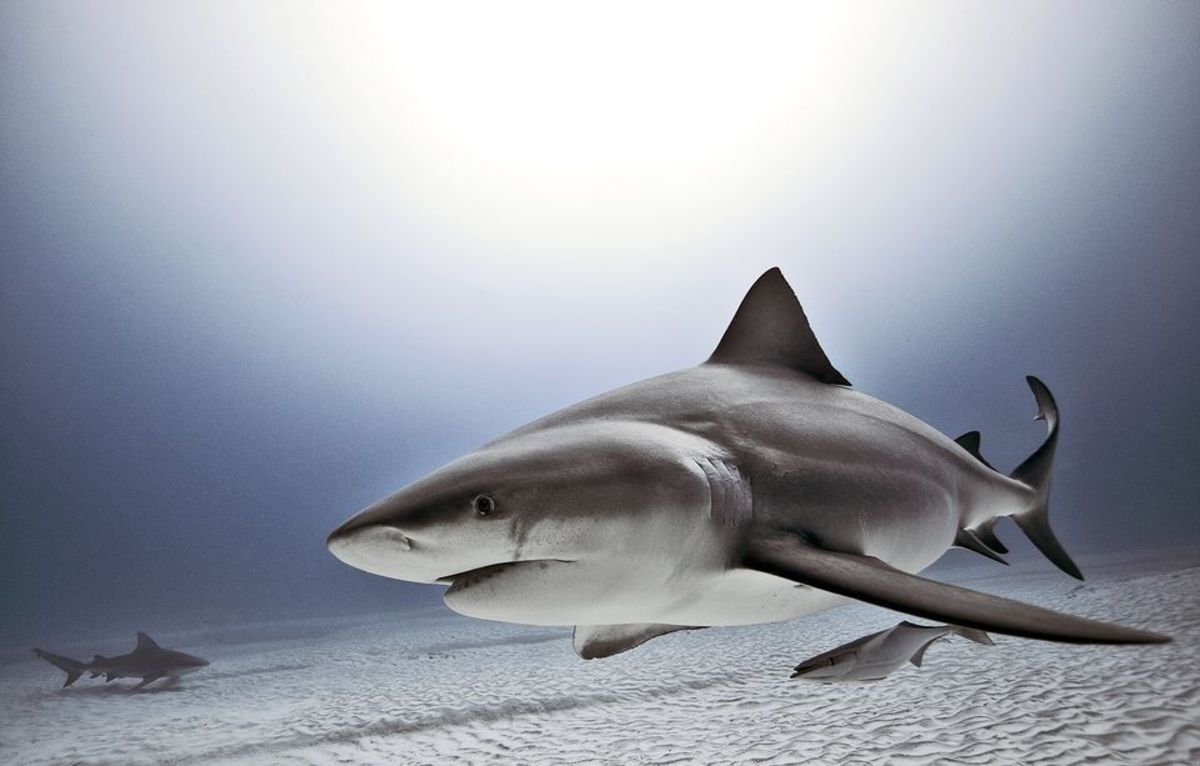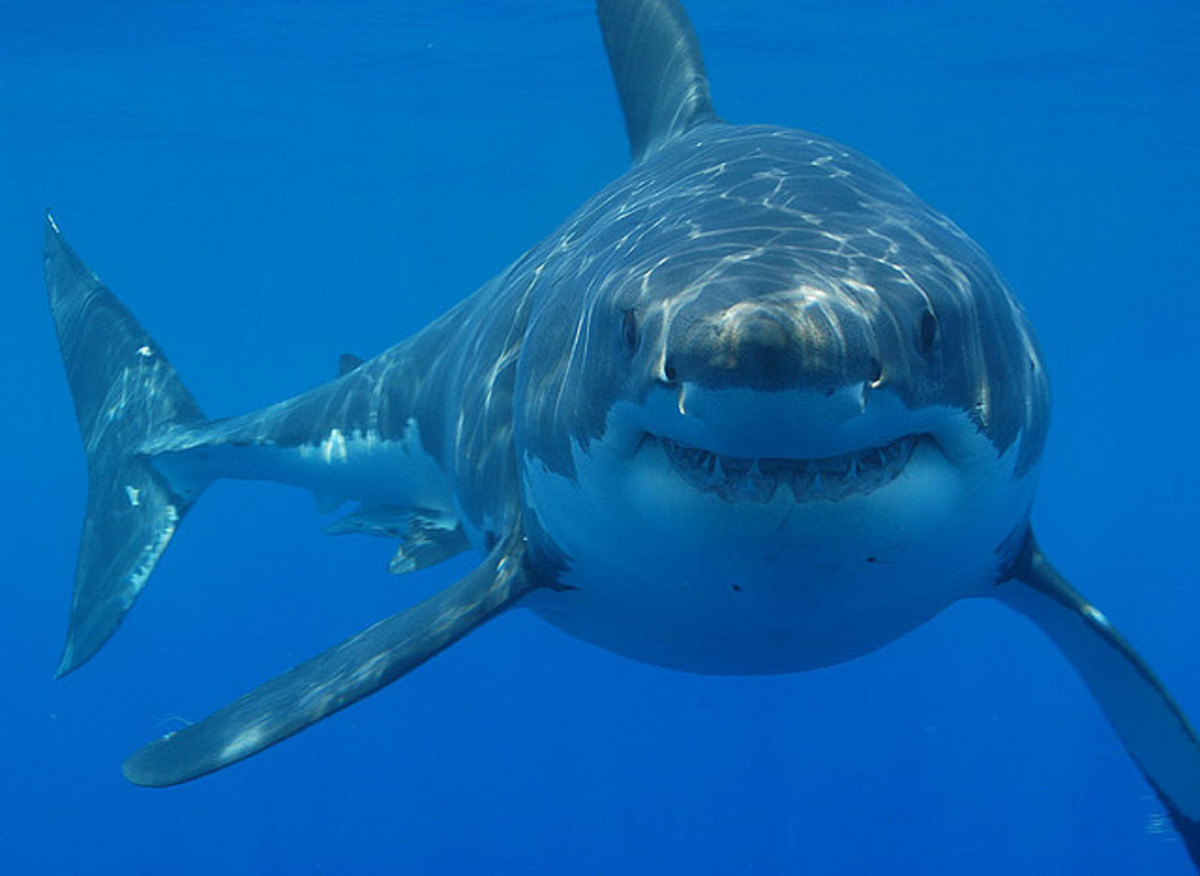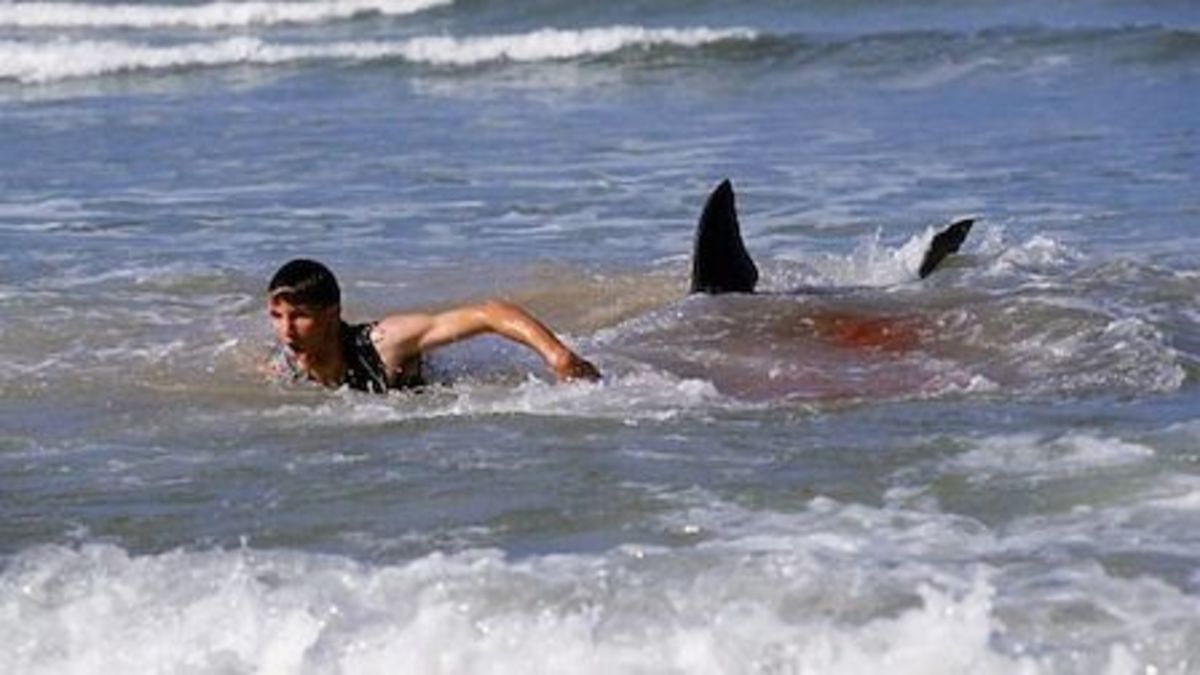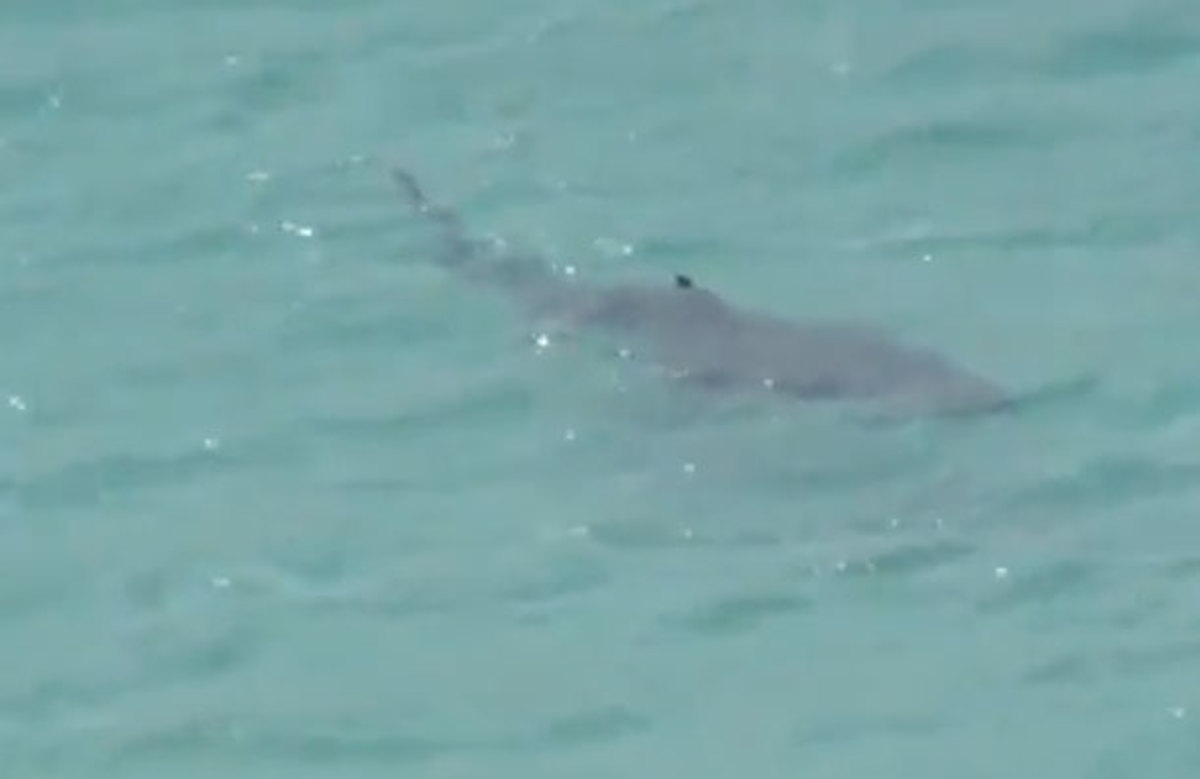- HubPages»
- Education and Science»
- Life Sciences»
- Marine Biology»
- Marine Life
Sharks 101: An Introduction to Shark Biology
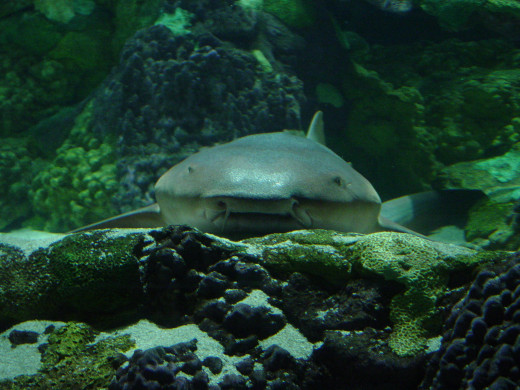
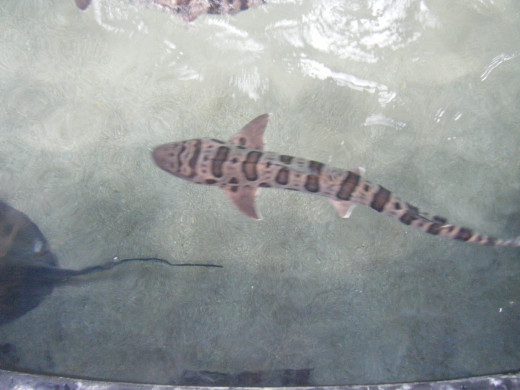
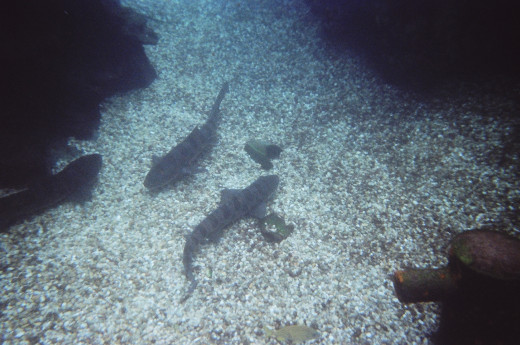
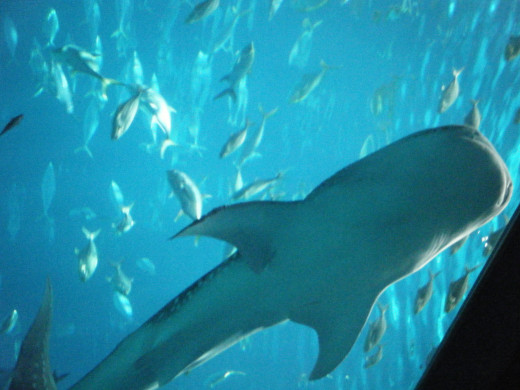
Quick Overview
Sharks have been around for millions of years and have undergone very few changes. They come in a wide variety of sizes and colors. Some live solitary lives, others live in social groups. They even have different animals that they prey upon. Regardless of their differences they all still have similar features and characteristics.
Teeth
It should not come as a surprise that sharks have teeth. It would not even been absurd to say that teeth just might be the most distinguishing feature on a shark. Sharks have hundreds of teeth, they replace themselves as they fall out. This works much like a conveyor belt: when one tooth falls out another one moves forward to replace it.
One special thing about shark teeth is that they are the only part of the shark that remain when the shark dies. This is because shark teeth, like the teeth and bones of most animals, are composed of calcium. Sometimes when sharks die their teeth become fossilized. This turns the tooth black which makes them easily distinguishable from teeth lost by modern day sharks.
Sharks teeth come in all different shapes and sizes. Some sharks, like the mako and sand tiger, have long pointed teeth. These are used for grabbing a hold of fish. The great white and the tiger shark have some of the most easily distinguishable teeth. The great white has the largest teeth of the modern day sharks, and they have a triangle shape with serrated sides. The teeth on the tiger shark are more curved, are smaller in shape, and have more of a jagged serration. This is because the tiger shark and the great white eat different things. Great whites mainly feed on marine mammals and large fish, while tiger sharks eat fish and sea turtles.
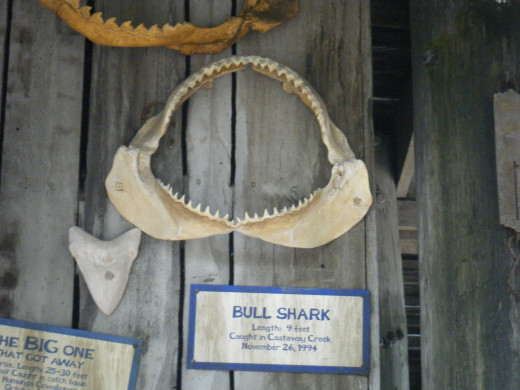
Diet and Feeding Behaviors
For the most part sharks eat fish. There are, however, some exceptions to this rule. Great whites are known to feed upon marine mammals. In fact they display a spectacular breaching behavior when hunting their prey. This is most commonly seen in the waters of South Africa. This is typically what most people think of when they picture sharks. Tiger sharks are known as the garbage cans of the sea because they will try to eat anything they can get into their mouth. This includes fish, birds, and turtles. However oil drums and license plates have been found in tiger shark stomachs. Whale sharks, the largest known species of shark alive today, survive on a diet of krill, small shrimps found in large groups. They filter the krill out of thousands of gallons of water.
Nearly all species of sharks hunt alone, however the scalloped hammerhead is typically found in large groups and can be seen feeding upon schools of fish. Some species, like the blue, while not directly aiding in group hunting efforts will reap the benefits of other species of fishes attempts at hunting. Blue sharks have been known to eat krill in large quantities when they come across krill balls that other fish have formed.
Zebra sharks and nurse sharks are unique in that they rely upon suction to obtain their prey. They are able to open their mouths so quickly that a vacuums is formed and sucks in the prey. Once inside the mouth the prey is very quickly consumed. Like all sharks they do not chew their food, but rather swallow it whole.
Reproduction
Sharks reproduce through sexual reproduction. Male sharks have two penises called claspers. During mating the male will bite the female in order to slow her down and keep her from moving away from him. He will then insert his claspers and once mating is complete he will let her go and both sharks will continue on.
The gestation period will vary between shark species. Some species of sharks will lay eggs while others give live birth. The sandtiger shark is unique in that while in the womb the developing sharks will eat each other. This is called siblicide and it insures that only the strong will survive to be born.
Many species of shark will go to shallow brackish water to give birth. This gives the pups, baby sharks, more of a chance to survive as there are less predators in these waters. Bigger fish eat little fish and this is the same with sharks. Larger sharks, even those of the same species, will eat smaller and younger sharks if given the chance. This is way many young sharks remain in the shallows until they are large enough to compete with the others in the open ocean.
Interaction with Humans
In the last few years there have been an increase of 'shark attacks' on humans. So are shark numbers increasing? As sad as it is the answer is no, in reality there are just more people going into the ocean thusly increasing the chances of crossing paths with a shark. Chances are if you have ever been in the ocean you were not too far from a shark.
Not all sharks are 'man eaters' and most pose no threat to humans. Even when sharks do bite people nine times out of ten the sharks are simply investigating and not trying to consume. Sharks do not have hands like people do so they use what they have to investigate new things. One really cool thing about sharks is they have sensitive teeth, they are able to get a feel for what they are biting down on through their teeth and from that they are able to decide if something if food or not.
Humans are more of a threat to sharks than do to humans. Humans have a tendency to overreact to situations, as a reaction to a bite many nations have shark culls and kill as many sharks as they can find in their waters. Shark fin soup is considered a delicacy and many fishermen catch sharks, remove their fins, and then return them to the ocean. The problem is that these sharks are not able to swim without fins and they die. Both shark culling and shark fining have a big impact on shark populations and negatively impact the environment. An ecosystem is only as healthy as its apex predator, which in many cases is sharks.
Pop Quiz
view quiz statistics
© 2013 Alexandria

